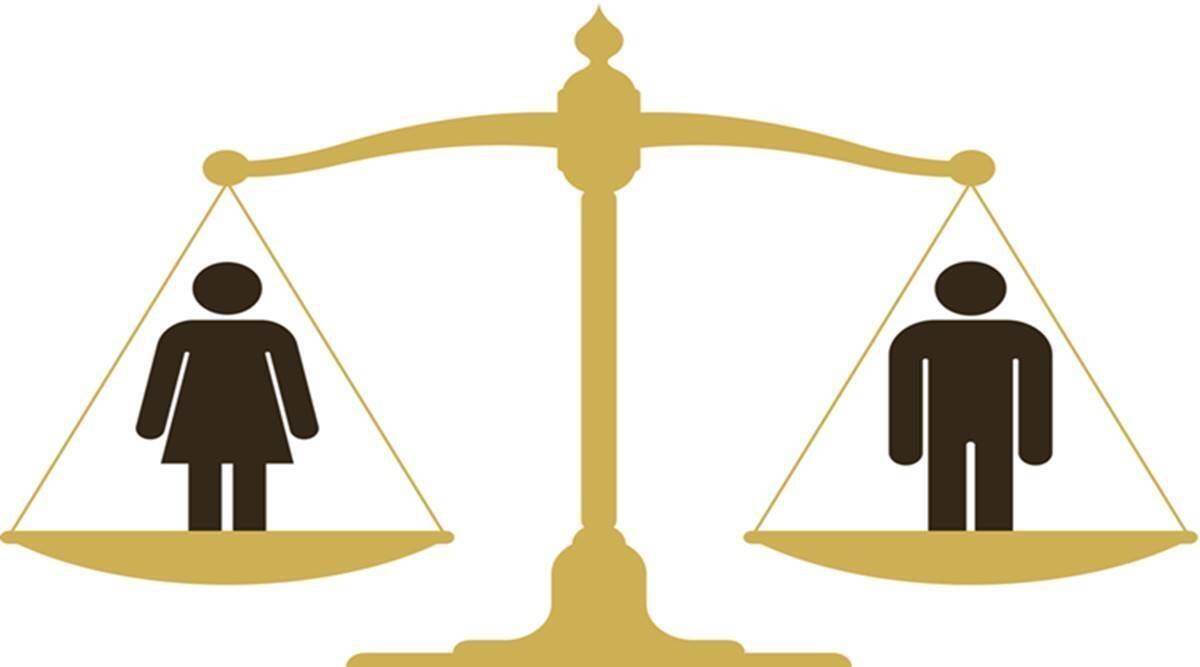 In the city, the sex ratio fell from 934 to 932 in five years, while in suburbs it went up from 927 to 938. (Representational)
In the city, the sex ratio fell from 934 to 932 in five years, while in suburbs it went up from 927 to 938. (Representational) EIGHT MUNICIPAL wards in Mumbai have recorded worsening sex ratio at birth over the past five years, shows data from the BMC. But overall, the civic body said Mumbai’s sex ratio improved marginally from 929 in 2015 to 937 girls born per 1,000 boys in 2019.
B ward (Dongri), F South (Parel), F North (Matunga), G South (Worli), P South (Goregaon), P North (Malad), R South (Kandivali) and S Ward (Bhandup) have all recorded a decline in sex ratio between 2015 and 2019, shows BMC data. Umerkhadi and Dongri in B ward have recorded the worst drop — from 946 girls born per 1,000 boys in 2015 to 887 in 2019, followed by Kandivali where sex ratio worsened from 928 to 895.
Explaining that B ward is only one square kilometre in radius with four small hospitals and 12 sonography centres, all strictly monitored for medical termination, BMC Medical Officer Dr Sandeep Gaikwad said the drop in sex ratio did not indicate illegal abortion or sex determination test.
He said the drop could be due to change in birth registration procedure in 2016. “Since 2016, births are registered as per address of hospital instead of parents’. Several people from this ward go to hospitals in nearby wards for delivery. The ward-wise sex ratio at birth may not give a true picture of ward since all births are not registered here even if residential address belongs to B ward,” he added.
Advocate and social activist Varsha Deshpande said the trend of declining sex ratio was visible across Maharashtra and not just limited to one area. “The conviction rate for a couple who undergo sex determination or for labs who do these illegal tests has gone down since 2014. This indicates the practice to check sex of foetus and to kill female foetuses may have increased in the state,” she said.
The BMC data shows from 929 in 2015, Mumbai’s sex ratio at birth inched up, noticeably, to 937 in 2016. Since then, the trend has more or less remained stagnant. Sex ratio improved to 938 in 2017, to 939 in 2018 but dipped back to 937 by 2019.
In contrast, findings of the fifth phase of the National Family Health Survey (NFHS-5) findings indicate a steep fall in sex ratio from 932 to 703 in suburbs and from 1,033 to 1,019 in the city. The NFHS-5, however, used a sample population. The BMC has questioned the NFHS figures stating their sex ratio had instead improved by 11 points in the suburbs and fallen “slightly” by two points in the city.
Explaining the vast discrepancy between NFHS and BMC, experts have said it is possible the BMC has not captured all births in the city and missed out on several home deliveries.
Dr Mangala Gomare, BMC executive health officer, however, said Mumbai recorded close to 500 home deliveries in a year. “And even that eventually comes in our record,” she said. “The civic body has worked to improve the sex ratio as is evident from overall figures of the city,” she added.
While the sex ratio has worsened in eight wards, it has improved in 16 others. The improvement in five wards is significant. In Marine Lines and Chandanwadi area, the sex ratio jumped from 837 in 2015 to 920 in 2019. In Mulund (T ward), the sex ratio improved to 960 from 919. Other areas where the birth of the girl child has increased are Ghatkopar (N ward), A ward (Colaba), D ward (Malabar Hill), and M East (Mankhurd, Chembur).
In N ward, Assistant Commissioner Ajitkumar Ambi said, “This ward is different from other wards because of its corporator and medical officers’ composition. About 80 per cent doctors in this ward are female. Maximum corporators are female. Out of 11, seven are female counsellors. Their gender sensitivity may have played a role.”
In the city, the sex ratio fell from 934 to 932 in five years, while in suburbs it went up from 927 to 938.